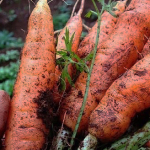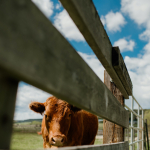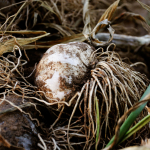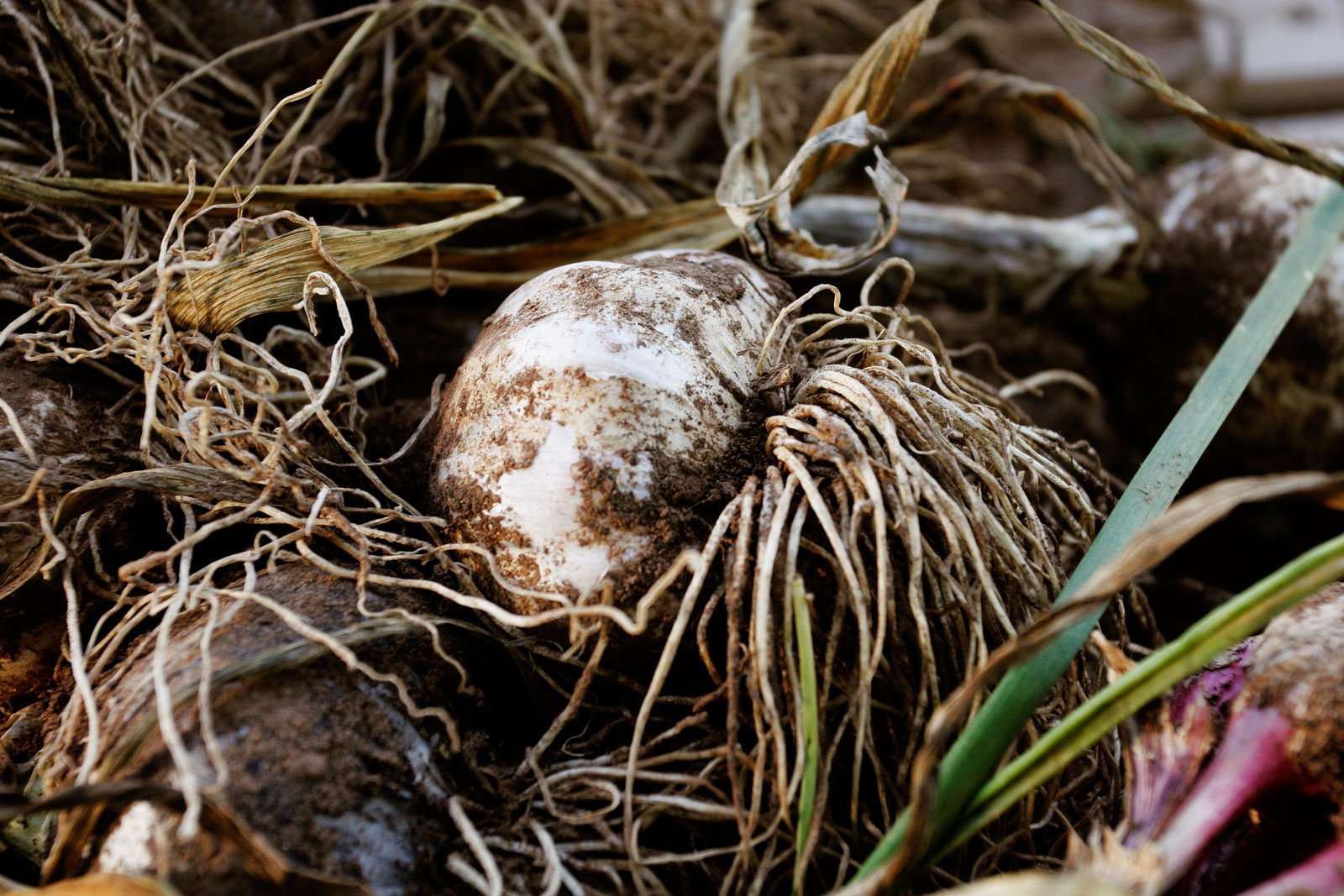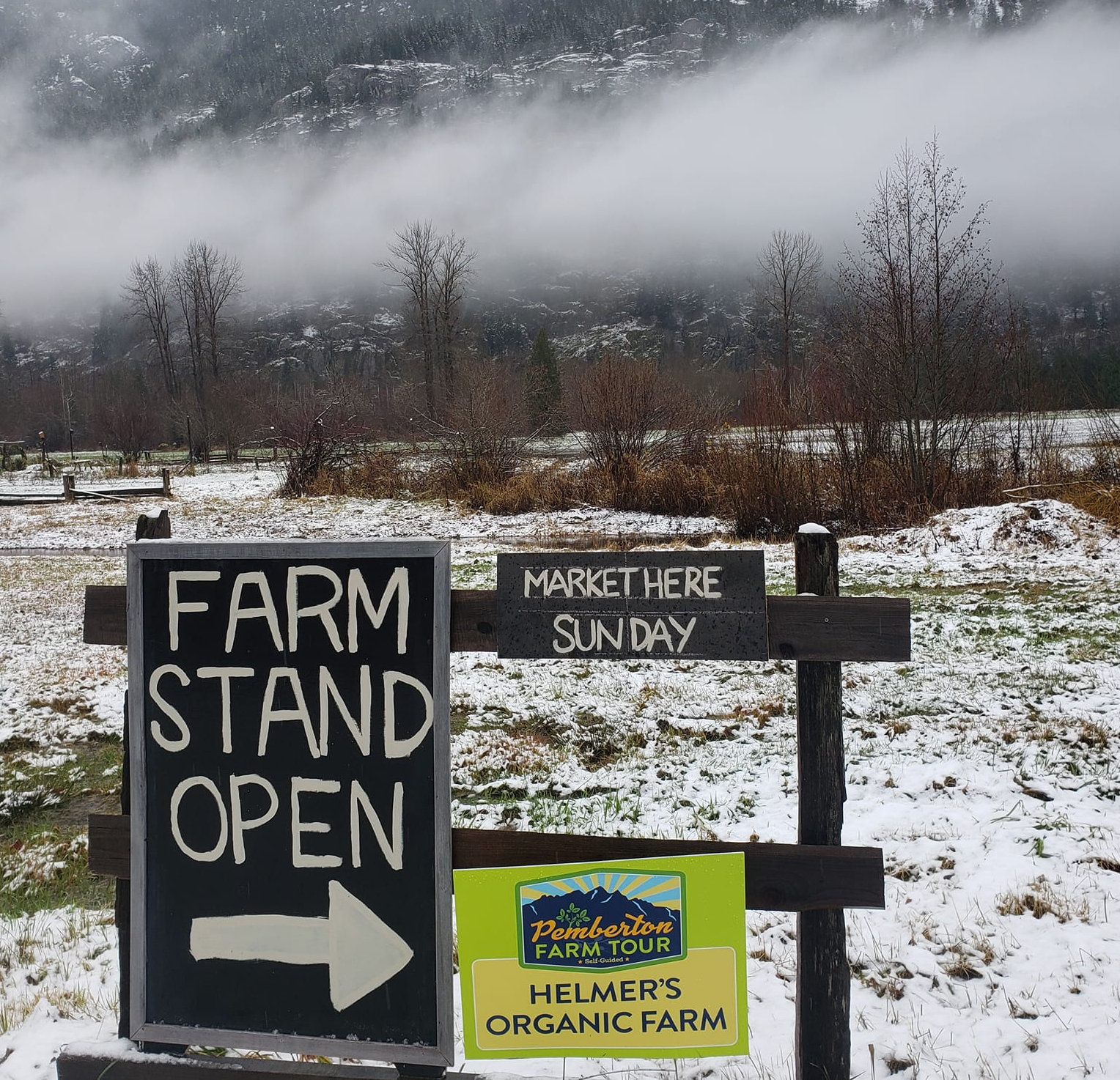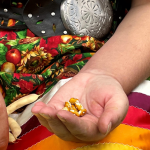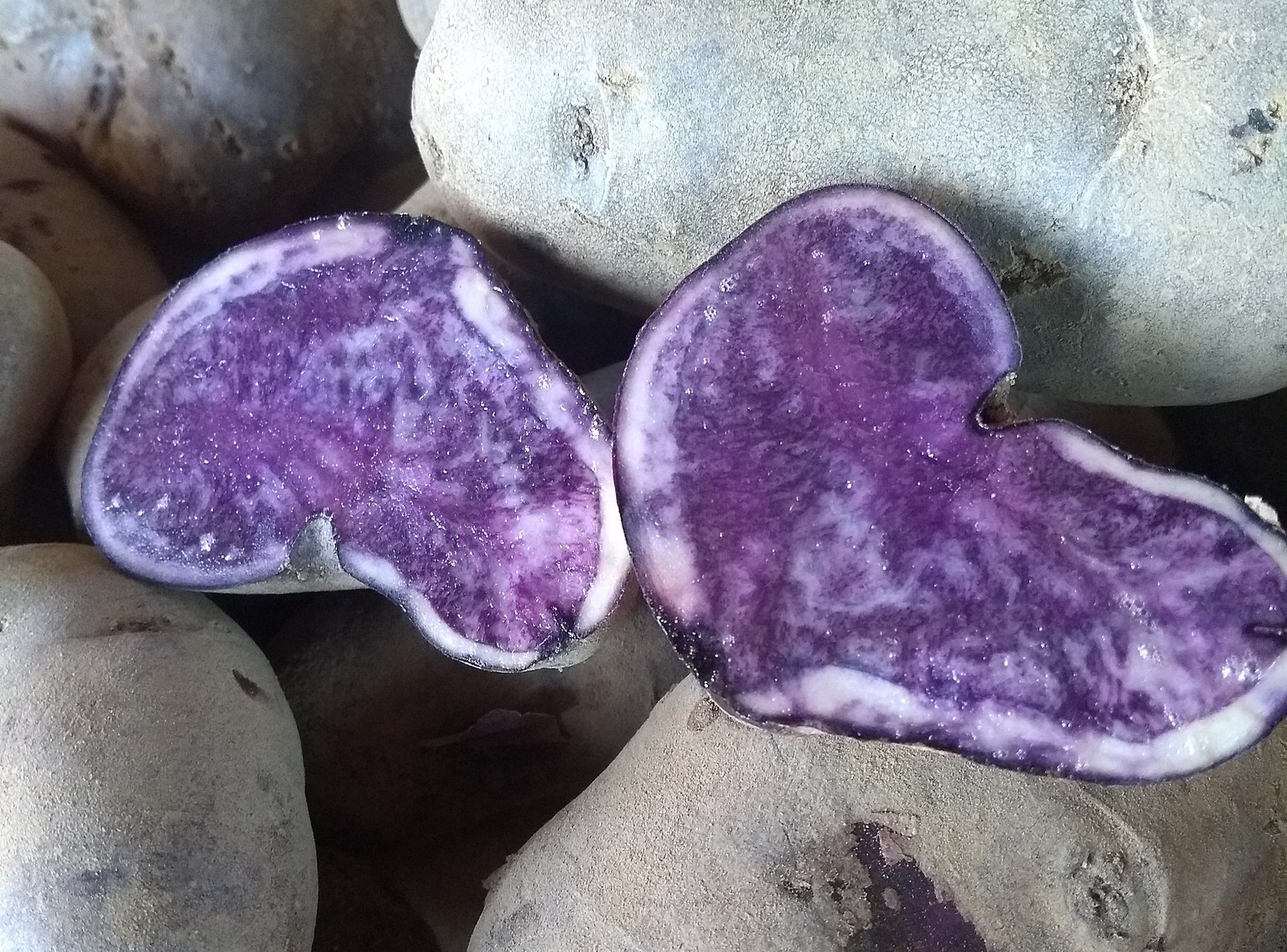Biodynamic Farm Story: Where Anna Dreams About Taking Summers Off

By Anna Helmer
I have hauled out my Biodynamic books to perform my annual winter Biodynamic brush-up. Brush-up isn’t the right term to use because it implies that I once understood it all, and now just need to remind myself of a few things. If only that were the case. No, it’s more of an annual hopeful attempt to comprehend the material. I keep at it because occasionally the penny drops, and I take a satisfying stride up the learning curve. Stride is also too strong a word. Step. Shuffle. Tip toe.
It’s very incremental.
The eight lectures delivered by Rudolph Steiner that form the basis for Biodynamic agriculture were delivered 100 years ago, over the course of 10 days, to a diverse (there were women there) group of (mostly) farmers. They had asked him to help figure out why their farms were struggling. The food didn’t taste as good as before, the animals were not as healthy, and there was an overall dissatisfaction with farm performance. The only thing that had changed was the arrival of commercial chemical fertilizers which made some things (the cash crops) grow like stink.
And what a quality conference Steiner delivered. Drawing on his extensive research into long tradition, modern science, and esoteric spirituality, he presented the idea that a farm can provide its own fertility. The content was both deeply theoretical and intensely practical, and a new way of thinking about soil, plants, and the forces at play between them, took hold.
Back at their farms, the farmers used what they learned, and the results were positive. Yields were strong, the food tasted better, the animals became healthier, and, if Steiner was right about the impact of nutrition on people’s ability to make cogent decisions about the future, everyone got smarter.
Interesting additional fact to consider and one that has totally side-tracked me: this conference happened in June. Over 100 farmers took 10 days off their farms in June to attend a farming conference. This is a preposterous notion for us modern day growers. However, given the results, it could be argued that taking 10 days off in June was a good farming decision that helped build farming businesses.
As a growth move, a farming conference in June would not make anyone’s list. Today’s growth moves involve planting more acreage, hiring more people, diversifying sales channels, and making capital investments. Sales are indeed boosted but the likelihood of time off in June diminishes with every new foot of planting.
Get to the point, Helmer. I am using the fact that once upon a time, tons of farmers took time off in June to learn about Biodynamic farming—arguably the most revolutionary, farmer-empowering, and potentially world-saving farming method ever seen. I am using this fact as a bludgeon to hammer home the point that we have our priorities all wrong and don’t recognize a growth move when we see it.
But I digress. This June rant is tangential to the actual reason I went back to the books: I wanted to brush up on why winter is a biodynamically important time of year for our soil. In the lectures, Steiner suggests that there is very important energetic action taking place down there while all is frozen and snow covered above. Very importantly in winter, the soil is sealed off and protected from the rigorous treatment we farmers mete out during the growing season. Left alone and protected in this way, the earthly energy accumulates and strengthens, balancing with the captured cosmic forces. Evidence of something powerful happening below comes in the first strong greenery of spring: garlic, rye, and nettle pushing up from roots that developed somehow in that outwardly inert ground of winter.
So, what then, are the consequences of a winter like the one we are experiencing right now: no snow, well above zero, and the ground not frozen. At least all the plants are dead. That’s something normal. I am assuming that winter will eventually turn up, but you have to wonder.
We may have to intervene and throw around a little BD500 and BD501. These are preparations used to help to balance the energies in the soil, and I always assumed their use in winter was superfluous to what was happening below. However, if normal winter isn’t going to show up, it may be necessary to rouse ourselves from our own energy balancing activities and do something, biodynamically, in support of soil.
Anna Helmer farms in Pemberton with her family and friends and hastens to add caveats. helmersorganic.com
Featured image: Detail from “Labour and Leisure,” 1938. Credit: Public Domain


